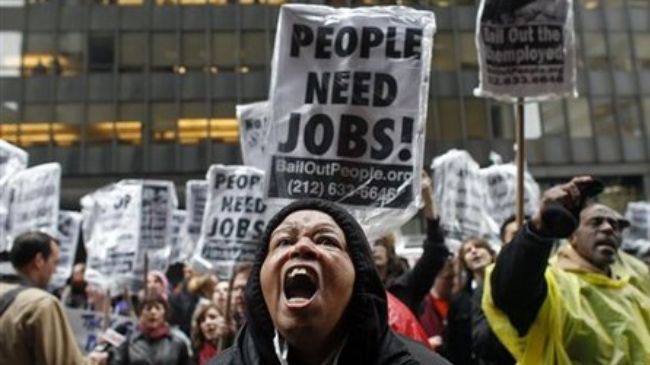What economists got wrong about free trade

The Atlantic | 29 January 2016
What economists got wrong about free trade
by Gillian B. White
As trade has become a more and more integral part of the global economy, accepted economic wisdom has asserted again and again that overall, free trade is a good thing. Because trade brings so much in the way of competitive pricing and opportunities to buy and sell goods on a more massive scale, the drawbacks that come with it—job losses and declining wages for instance—are often thought to be outweighed.
Further, there’s a belief that some of these downsides aren’t even the direct consequences of trade. Proponents of free trade argue that the decline of American manufacturing jobs isn’t the result of increased trade, but of a larger shift in the nation’s economy toward higher-skilled jobs. They also point out that the growth of wage inequality hasn’t corresponded perfectly with the expansion of global trade. At any rate, whatever their cause, the drawbacks of trade are regarded as not so severe that they can’t be overcome; it’s assumed that workers who find themselves in a region whose jobs are vulnerable to foreign competition could simply move and find a job somewhere else.
But a new paper from the National Bureau of Economic Research suggests that workers’ ability to relocate may be overstated, and that the negative impacts of large trade deals may be more significant than previously thought. To illustrate just how persistent the ill effects of trade could be, the authors, M.I.T.’s David H. Autor, UCSD’s Gordon H. Hanson, and the University of Zurich’s David Dorn of the University of Zurich, examine what happened to workers in certain parts of the U.S. after China’s massive trade expansion.
They found that what’s thought of as workers’ main recourse—the desire and ability to pack up and move to a new city with more jobs—isn’t really all that dependable. Within the manufacturing-heavy regions of the Southeast and the Midwest, the influx of Chinese imports hit the furniture and textile industries hard. Standard economic wisdom would suggest that after an initial decline, many workers who specialized in the areas hurt by growing imports would simply leave, mitigating their losses.
But that didn’t really happen. In Tennessee, few workers within the commuting zone of struggling plants moved away after their work prospects declined. Instead, unemployment rose both among manufacturing and nonmanufacturing workers, suggesting that the ill effects of increased trade had a spillover impact on the larger local economy. On top of that, average weekly wages declined. In general, places like Tennessee were very slow to adapt to the new economic reality—their elevated unemployment rates and diminished wages persisted for a decade, the paper’s authors estimate. The workers there are also saw a lower lifetime income.
In the paper, Autor, Hanson, and Dorn note that the trading dynamic between the U.S. and China could change in the not too far-off future: China’s growth is slowing, its wages are rising, and it is developing a middle-class of its own. Still, the failure of the U.S. labor market to conform to economists’ expectations in the case of China means that the consequences of free trade may not be as understood as once thought.





